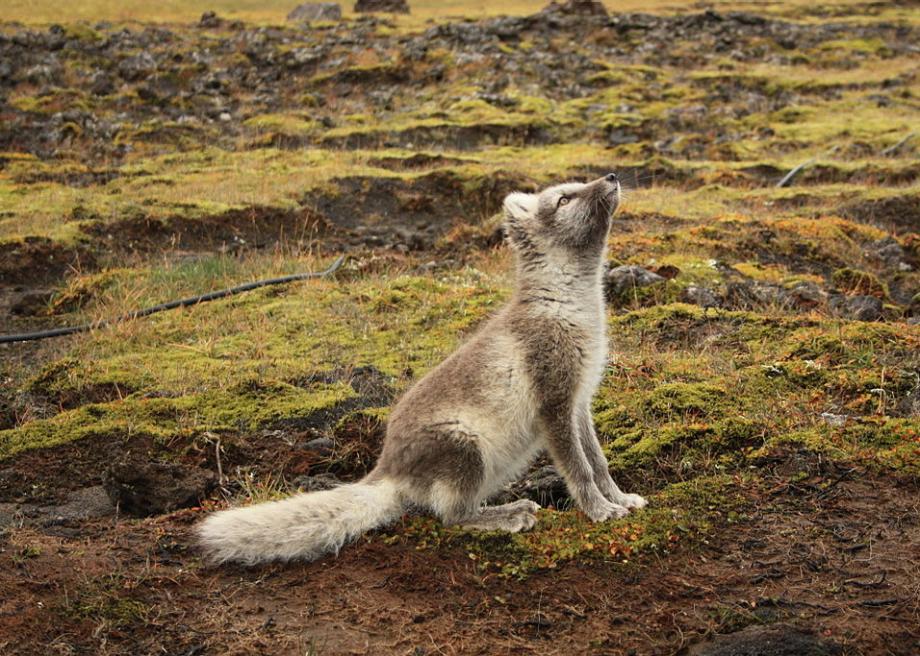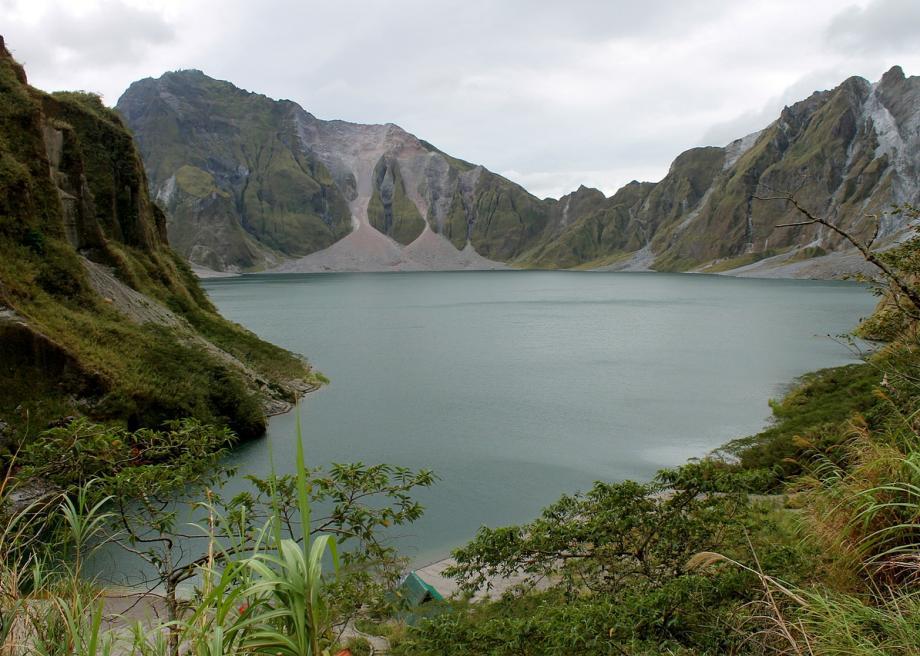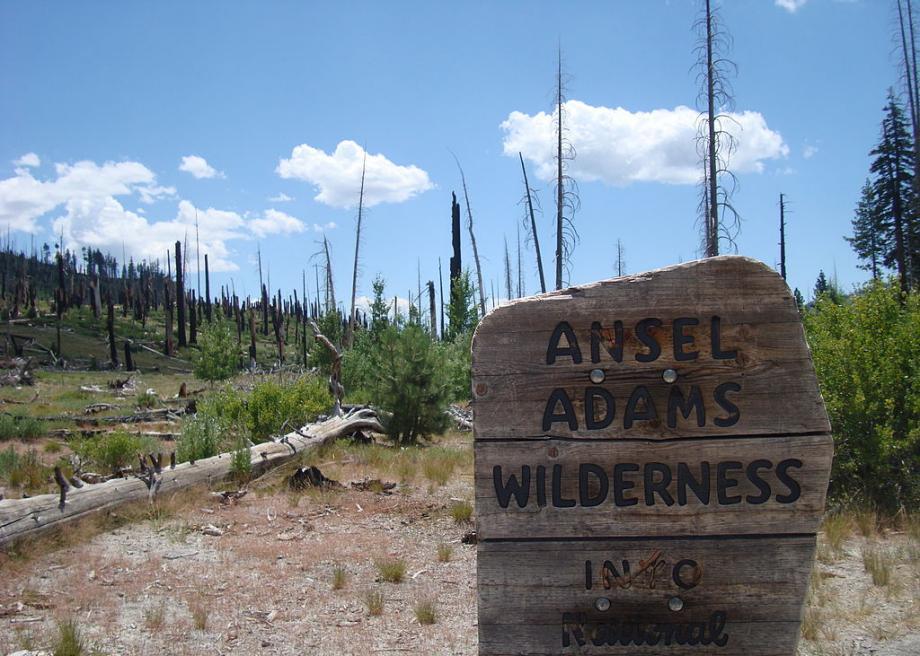Atlas Obscura on Slate is a blog about the world’s hidden wonders. Like us on Facebook and Tumblr, or follow us on Twitter.
When you hear the word wilderness, what do you picture? Vast woods full of leaping stags? A mountain rearing up into the clouds? Jungles tangling in all directions? Or something else entirely?
Your answer likely depends on your formative experiences—which books you’ve read, the types of landscape you visited growing up, and, of course, your native language. For American English-speakers well-versed in Ralph Waldo Emerson and his literary descendants, wilderness might bring to mind endless trees, raging rivers, and “the distant line of the horizon” described in his 1836 essay, “Nature.”
But for those who grew up elsewhere, the word, and the concepts behind it, could conjure up something entirely different. In Japan, for example, the closest analog to wilderness is kouya, which means “rough, dry fields.” In Iceland, the concept includes vast, sublime landscapes, but no wildlife, as even untamed animals are more likely to live near warm human settlements than in what Icelanders think of as “wilderness.”
“Wilderness Babel,” a virtual exhibition maintained by the Rachel Carson Center for Environment and Society, curates linguistic experiences of wilderness, or lack thereof, from around the world. Part map, part lexicon, and part grab-bag natural history lesson, the project collects different languages’ words for “wilderness” (or their closest analogs) and drops them on a map. Click on the region you’re interested in, and you’re treated to a short essay by an environmental historian familiar with the area, along with imagery and sounds taken from the places described.

Photo (cropped): Claudia.Garad/Wikimedia Commons/Creative Commons
Some of the differences depend on landscape and climate features—“wilderness” is forest for Estonians, rolling moors for Scots, and desert for the Hebrews. But as with so many things that, on first glance, appear “natural,” political, economic, and social concerns roil underneath.
The undulating grassy hills and sparsely populated rural landscapes that many people in the U.K. consider their wild heritage were emptied fairly recently, by famines, persecution, and emigration. In the Philippines, the word for “mountain,” bundok, took on connotations of wildness and unpredictability only after the U.S. invaded during the Philippine-American war. (Meanwhile, in U.S. English, the Tagalog word morphed into boondock, which was initially a term for a confusing, remote area, but has now become slang for a backwards-seeming place.)
For those with a closer tie to nature, a place need not be untouched by humans to be considered “wilderness”—it just needs to be less touched, or left alone for the moment. The Finns happily go into the erämaa during hunting and fishing seasons, and for the Nez Percé of the Western U.S., who live off the land entirely, “wilderness” is not even a place—it’s a particular rite of passage, in which initiates go without food or human contact for a long period.
The whole idea of wilderness is relatively recent. “Go back 250 years in American and European history, and you do not find nearly so many people wandering around remote corners of the planet looking for what today we would call ‘the wilderness experience,’ ” the environmental historian William Cronon wrote two decades ago.

As different societies urbanize to varying degrees, they start to define wilderness more starkly—according to the Dutch Wilderness Babel pages, in the Netherlands, which is heavily developed, a streetside meadow might be considered wild, “even though meadows are not ‘natural’ to the Dutch landscape and therefore show past human activity.”
That Thoreau, Frederick Jackson Turner, and others who started the wilderness trend were steeped in suspect ideas about primitivism, nationalism, and consumerism has led to associations between the idea of wilderness and the very things that are most likely to destroy it. Scrolling through Wilderness Babel, with its tales of Japan redefining wilderness just as Mount Fuji becomes capped with noodle shops, doesn’t do much to dispel this hunch.
But in the present moment, when so much of the future seems to depend on working out exactly how humans should relate to our environment, this language barrier has practical implications as well as historical ones. Alexandra Yannakos, the Wilderness Advocacy Coordinator for the National Outdoor Leadership School, has found it difficult to explain her job (or even say its title) to people she encounters on her travels. “In many languages, one has to be creative and combine words and meanings to recreate what the American wilderness movement stood for,” she wrote in NOLS’ magazine, the Leader, in 2004.
By understanding how various cultures define the word, we may be able to better picture a truly international wilderness movement might look like—one equally considerate of natural processes and the largely cultural systems that decide just what “natural” means.
This is a modified version of an article that ran previously on Atlas Obscura.
More wonders to explore:
